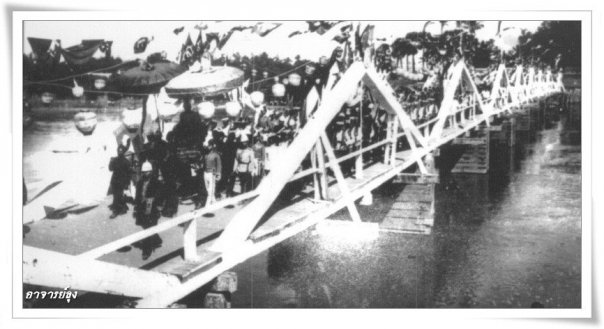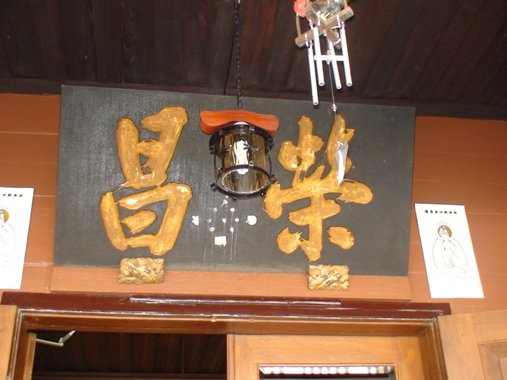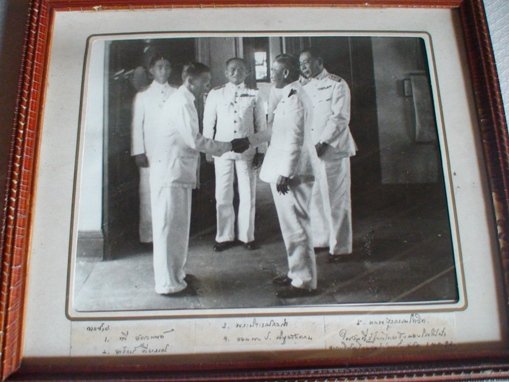Uncle Trakan Tiyabhorn,
the 4th child of grandfather Thong – U
spoke of his favorite childhood experience, the Ping River: “The river was much vaster than it is now and even had a small island in the middle”. On the opposite side of the Ping River, directly across from this house, was the Palace of the Lord of Chiangmai. It was also the headquarters of the Palace gang. Uncle Trankan, also known as Ai Yak, during his teens was head of the local Wad Kat gang. The two gangs often yelled across the river exchanging challenging words with one another before swimming to the mid-way island utilizing it as their battle ground to settle the occasion dispute.
A close childhood friend of uncle Trakan, who was a frequent house guest during school holidays, was M.L. Thawisan Ladawan, the late Privy Councillor and His Majesty’s Principal Private Secretary.



